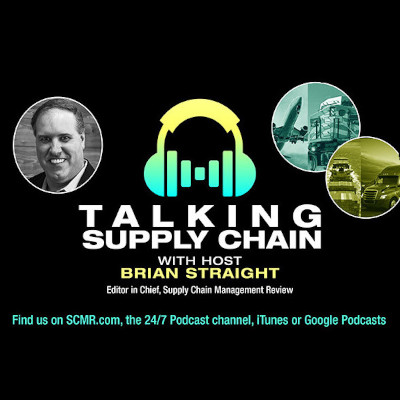Editor’s Note: Tony Pelli, is an expert in the RANE Network with BSI Supply Chain Solutions
The breakdown of Kentucky Fried Chicken's supply chain in the United Kingdom in February 2018 provides a cautionary tale about hidden vulnerabilities in supply chains that all organizations should note.
Two-thirds of KFC's nearly 900 UK locations were affected by the breakdown, which led to shortages of chicken, gravy, and many other supplies. Two months after the initial crisis, less than half of the locations were serving a full menu, according to HuffPost UK.
The situation has been more than just a PR and logistics nightmare for company executives. KFC's parent company, Yum Brands, reported on May 2 that the supply chain problems would negatively impact earnings.
What went wrong, and how can organizations prevent themselves from falling into the same trap?
The key breakdown in the KFC supply chain centered around the food chain's recent switch from a specialty food distributor to a mega-freight forwarder, DHL, which, like many third-party logistics (3PL) companies, owns very few physical assets. These 3PL companies rely on a complex patchwork of individual trucking companies and other carriers to deliver their service.
Organizations should take specific measures for creating visibility in the vendor supply chain when it is dependent on 3PL providers.
- Companies should work with their 3PL partners to keep track of which carriers will be used for their shipments and ensure that their quality and security requirements are cascaded down to subcontractors in contractual language with the 3PL.
- Companies should clearly define key performance indicators with the 3PL partner and minimum standards for carriers that they use.
- Logistics buyers should conduct in-person checks of at least a slice of the 3PL partner's subcontractors to directly check out their quality, business continuity, and security practices.
In addition, companies should work to identify where their supply chains run through regions that are vulnerable to disruptive local events and build in redundancy there to circumvent disruption or supply chain bottlenecks. Localized low-impact, high-likelihood events pose risks to supply chains around the world without making international news and can create “cascading risk” in which disruptions in one part of the supply chain create additional problems downstream.
Companies should speak with vendors about how local events affect them and what contingency plans they have in place, as well as engage with external geopolitical risk experts
who can offer unbiased analysis and context.
Communication and cooperation between the teams examining the supply chain — business continuity, procurement, logistics, and so on — is essential to reduce silos and mitigate overall risk. While many organizations seek to simplify and streamline their supply chains to maximize efficiency and profitability, Pelli warns that reducing redundancy can also introduce risk, fragility, and an increased potential for disruption.
Complex supply chains can hide diamond-shaped chains, in which most or all vendors source a component from a small group of suppliers. For example, dye pigments used in many manufacturing industries are only made by a few factories in one region of Japan. A natural disaster in that region that halted production would disrupt all industries that use that pigment.
Having one company coordinate all activity can lead to an onion-like structure of contracting and subcontracting that reduces visibility into who is actually carrying a company's cargo at any point in time. This increases the difficulty of ensuring quality and security through the distribution chain.
In some cases, it may be more sustainable in the long term to work with a roster of several approved logistics companies, granting delivery lanes to each one depending on where their networks are the most dense and robust. Companies can then compare performance across lanes and re-allocate them as the better performing providers rise to the top.
Working with multiple logistics providers serves as a sort of insurance policy. In case there is a business continuity issue with one of them, one (or several) of the others may be able to fill in.
If you take basic precautions to protect the integrity of your supply chain today, your organization will be more likely to operate uninterrupted - preventing future headaches and negative headlines in the future.
SC
MR


More 3PL
- U.S.-bound containerized import shipments are up in June and first half of 2024
- Not out of the woods
- One door closes, a better one opens
- AI liftoff delayed?
- Procter & Gamble’s Amy Rardin announced as NexGen Supply Chain keynote speaker
- Developing a dynamic S&OP process for third-party logistics
- More 3PL
Latest Podcast

 Explore
Explore
Business Management News
- U.S.-bound containerized import shipments are up in June and first half of 2024
- Expand supply chain metrics to cover the complete customer experience
- When disaster strikes, the supply chain becomes the key to life
- Leadership development for supply chain leaders
- A smarter approach to sustainability is vital for healthy, resilient supply chains
- When the scales tilt: Making vaccine access work for all
- More Business Management
Latest Business Management Resources

Subscribe

Supply Chain Management Review delivers the best industry content.

Editors’ Picks




